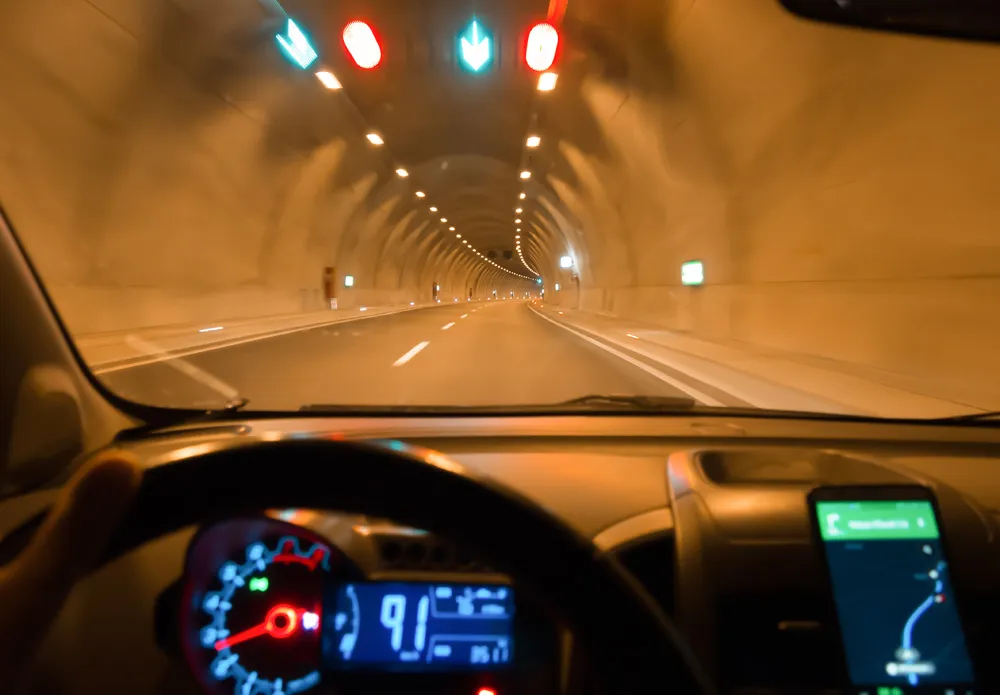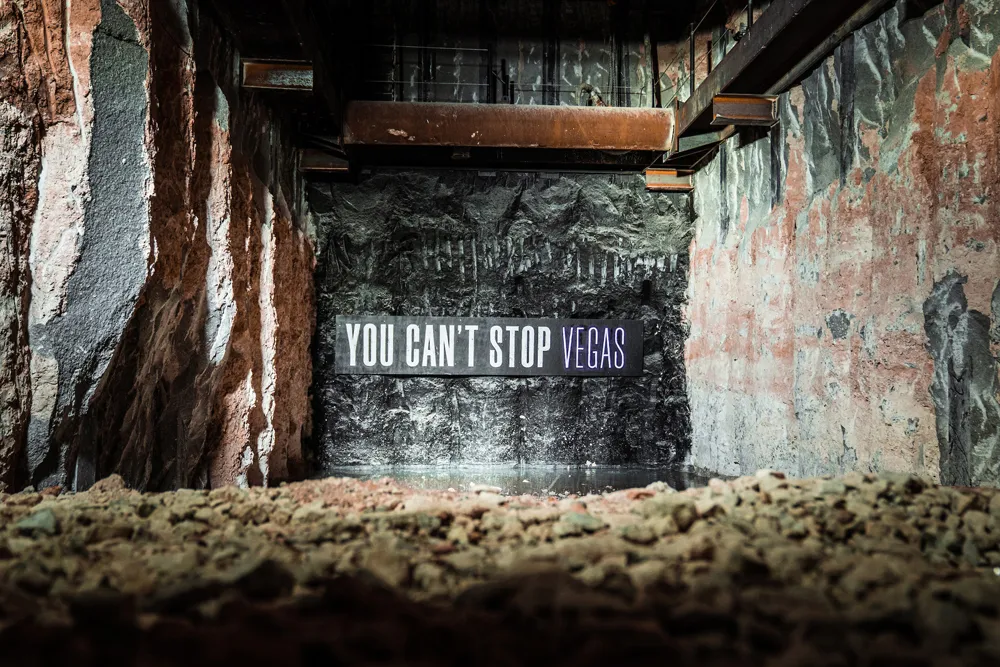Liverpool transport chiefs are planning a two-year US$14.3 million upgrade to lighting in one of the Mersey tunnels.
The Kingsway Tunnel is the second longest road tunnel in the UK at a length of 1.6 miles per tube and is a major transport gateway for the Liverpool City Region, with 16 million vehicles passing through the tunnel each year, and is the only tunnel that can accommodate freight vehicles over 3.5Te GVW. The current lighting installation totals 3.2 miles and consists of over 1800 light fitting
November 6, 2014
Read time: 2 mins
Liverpool transport chiefs are planning a two-year US$14.3 million upgrade to lighting in one of the Mersey tunnels.
The Kingsway Tunnel is the second longest road tunnel in the UK at a length of 1.6 miles per tube and is a major transport gateway for the Liverpool City Region, with 16 million vehicles passing through the tunnel each year, and is the only tunnel that can accommodate freight vehicles over 3.5Te GVW. The current lighting installation totals 3.2 miles and consists of over 1800 light fittings.
All the supply cables are original, as is the existing electrical service distribution and associated distribution panels and are therefore over 40 years old.
The improvements are needed to upgrade both the light fittings and wiring, which is aluminium as opposed to copper and is nearing the end of its design life. The existing electrical infrastructure was installed 40 years ago.
The cables run behind the cladding at road deck level, providing the potential for a single point of failure. In the event of a large fire or collision adjacent to the cladding, the cables would fail, resulting in loss of supply to all sections of the tunnel lighting. Currently, there is no emergency or back-up lighting in the tunnel.
The plan is to replace the lighting within the two Kingsway Tunnel bores with more efficient LED modules with a design life of 25 years. The new design will also include battery-backed emergency lighting throughout the length of the two tunnel bores.
The Kingsway Tunnel is the second longest road tunnel in the UK at a length of 1.6 miles per tube and is a major transport gateway for the Liverpool City Region, with 16 million vehicles passing through the tunnel each year, and is the only tunnel that can accommodate freight vehicles over 3.5Te GVW. The current lighting installation totals 3.2 miles and consists of over 1800 light fittings.
All the supply cables are original, as is the existing electrical service distribution and associated distribution panels and are therefore over 40 years old.
The improvements are needed to upgrade both the light fittings and wiring, which is aluminium as opposed to copper and is nearing the end of its design life. The existing electrical infrastructure was installed 40 years ago.
The cables run behind the cladding at road deck level, providing the potential for a single point of failure. In the event of a large fire or collision adjacent to the cladding, the cables would fail, resulting in loss of supply to all sections of the tunnel lighting. Currently, there is no emergency or back-up lighting in the tunnel.
The plan is to replace the lighting within the two Kingsway Tunnel bores with more efficient LED modules with a design life of 25 years. The new design will also include battery-backed emergency lighting throughout the length of the two tunnel bores.










